“Sui of mysten labs”, I don’t know why I love to pronounce it. Today I’m going to do more than just pronounce it, I’m going to give you the opportunity to participate on their testnet. Are you ready? Let’s go!

Who am I
I am passionate about the world of blockchain and I would like to share my passion and research with you through my articles in giving you my perception and opening new doors to very early crypto projects.
Discord: Akabane#3147
Telegram: @dr_jackal_Akabane (please join my group, I will answer all your questions in real time)
EN Official Announcement canal
FR Officiel canal d’annoncement
Read every story from Dr_jackal (and thousands of other writers on Medium)
Introduction to Sui of Mysten Labs
Sui is the first permissionless Layer 1 blockchain designed from the ground up to enable creators and developers to build experiences that cater to the next billion users in web3.
Part 01: How order and configure your VPS server in 2 minutes
Before installing the node you need to rent a VPS server
The advantages of VPS are that they have high availability and are easy to configure.
Of course I’ll explain how to rent a VPS server at a lower cost and especially how to configure it in less than 2 minutes.
Let’s go…
Order your VPS on Contabo by clicking here.
To be completely transparent with you this is an affiliate link that you can use even if you already have an account on Contabo. Thank you in advance.

Select Cloud VPS M

1 month for the rental period, you can extend later if needed

Do not change anything for the geolocation of your VPS server

Select 400GB SSD for storage type

Select Ubuntu 20.04

Generate your passport and copy and paste it now into a notepad that will be saved on your computer

Don’t touch anything

Don’t touch anything and click on “NEXT”

If you are new to Contabo and you are an individual, do not touch anything

Fill in the fields with your personal data
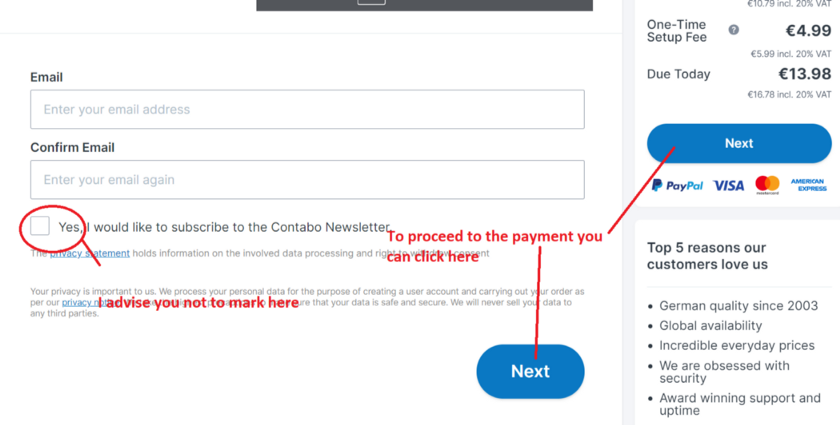
Finish filling in the last fields with your personal information and click on Next button to proceed to payment
Once you have finished paying for your order. You will receive a first email.

Corresponding to the status of your order
And approximately 15 minutes later you will receive a second email with all the information to connect to your VPS.

The login details to connect on your VPS
Part 02: How to connect to your VPS
With MacOS:

MacOS includes already a SSH command. To connect via SSH from this operating system, first open the Terminal window. You can find this tool by going to “ Application->Utilities->Terminal”.
With Windows : I invite you to download Putty by clicking “here**” (**You can directly download the installation file with this link).

This is the file illustrated in the image above, if you wish to download another one click on this “link”
Now open the .exe file to start the installation of Putty and follow the instructions to complete the installation. At the end of the installation you will have a shortcut to Putty on your desktop.

Now launch Putty
Launch Putty, a new window will open in which you will enter the IP address of your VPS and click on Open

The interface of your server will open and will ask you for the login details.

Now you are finally on your server (see image below):

Tip 1: To paste any command that you have already copied above, just right-click where you want to paste the command
Tip 2: Only paste or write a command when your vps server allows it. As soon as “root@vmxxxxxxxxx: “is visible you can write otherwise you have to wait

In this example you have permission to write or paste a command
Now you are ready to get serious. You just have to paste one by one the commands that I put at your disposal below. Take your time and make sure you have taken the order from start to finish.
To help you I have put some screenshots showing the result you should get each time you paste a command.
Best of luck…
Part 03: Preparation
Update
sudo apt update && sudo apt upgrade -y

Donwload other tools with this command
apt-get update \ && DEBIAN_FRONTEND=noninteractive TZ=Etc/UTC apt-get install -y --no-install-recommends \ tzdata \ git \ ca-certificates \ curl \ build-essential \ libssl-dev \ pkg-config \ libclang-dev \ cmake

Installs RUST :
curl --proto '=https' --tlsv1.2 -sSf https://sh.rustup.rs | sh -s -- -y

And
source $HOME/.cargo/env

apt-get install screen

Press Y and Enter

Part04: Configure your Node
Open your github account and go to Sui Repository
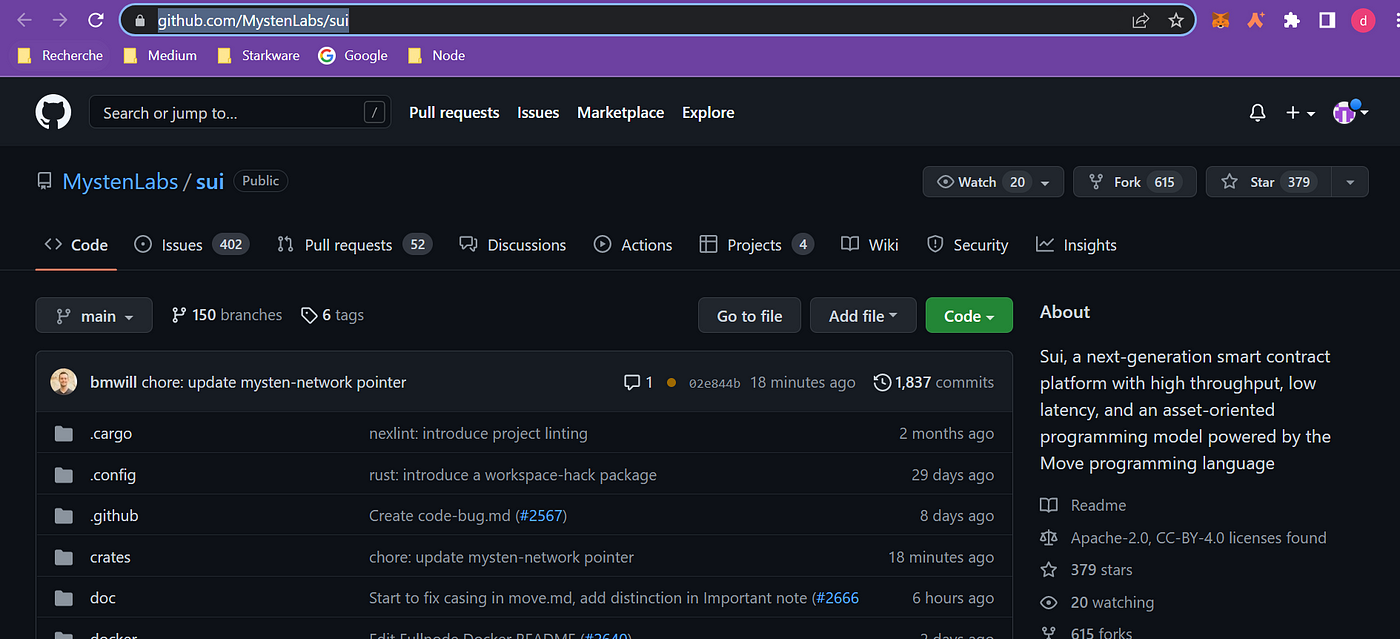
Set up your fork of the Sui repository: Go to the Sui repository on GitHub and click the Fork button in the top right-hand corner of the screen.


git clone https://github.com/<YOUR-GITHUB-USERNAME>/sui.git
This a real example with my github account:
git clone https://github.com/jackal786/sui.git

Go to sui repository:
cd sui

Set up the Sui repository as a git remote:
git remote add upstream https://github.com/MystenLabs/sui

Sync your fork:
git fetch upstream

Check out the devnet branch:
git checkout --track upstream/devnet

Make a copy of the fullnode configuration template:
cp crates/sui-config/data/fullnode-template.yaml fullnode.yaml
Download the latest genesis state for devnet by clicking that link or by running the following in your terminal:
curl -fLJO https://github.com/MystenLabs/sui-genesis/raw/main/devnet/genesis.blob

Part05: Start your Sui fullnode
Follow the part below even if it does not appear in my video
replace address 127.0.0.1:port by 0.0.0.0:port in your fullnode.yaml:
sudo nano fullnode.yaml
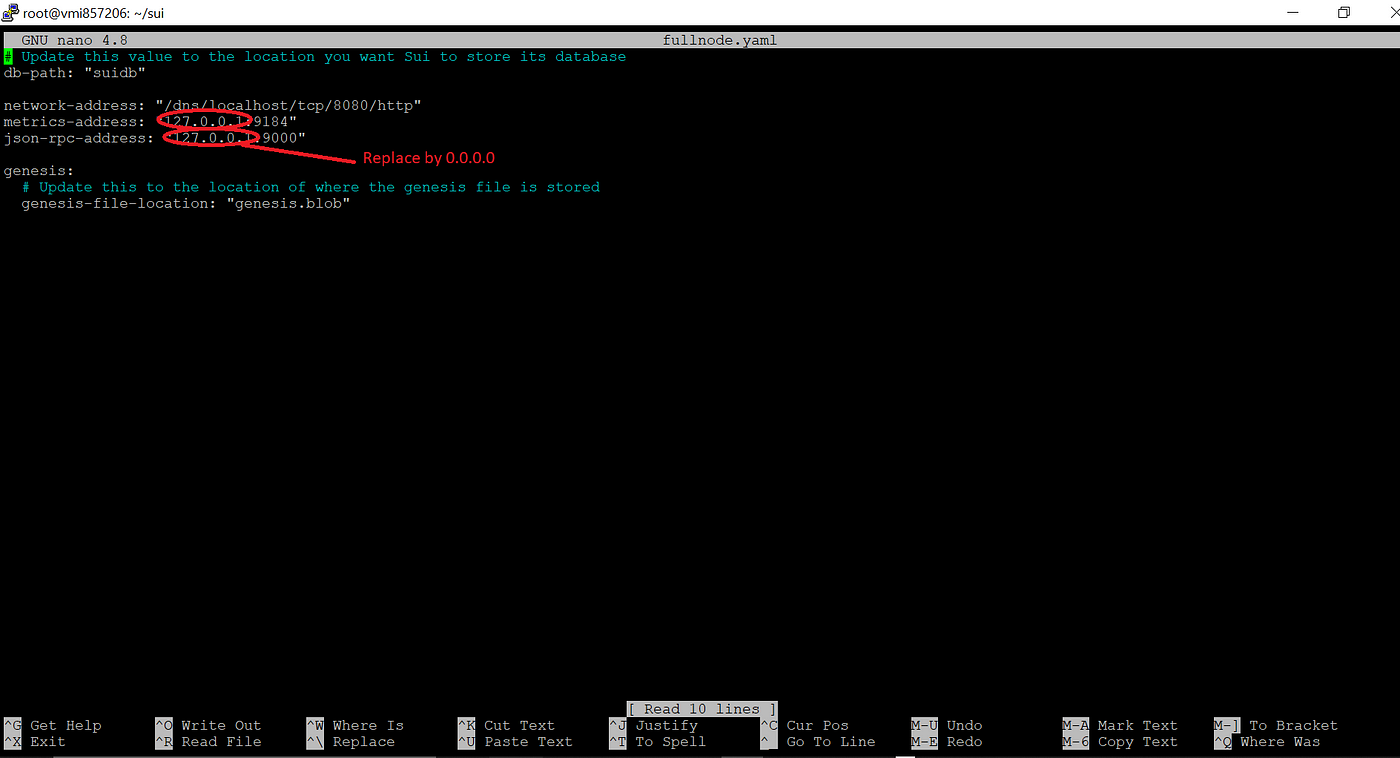
Output
After modification
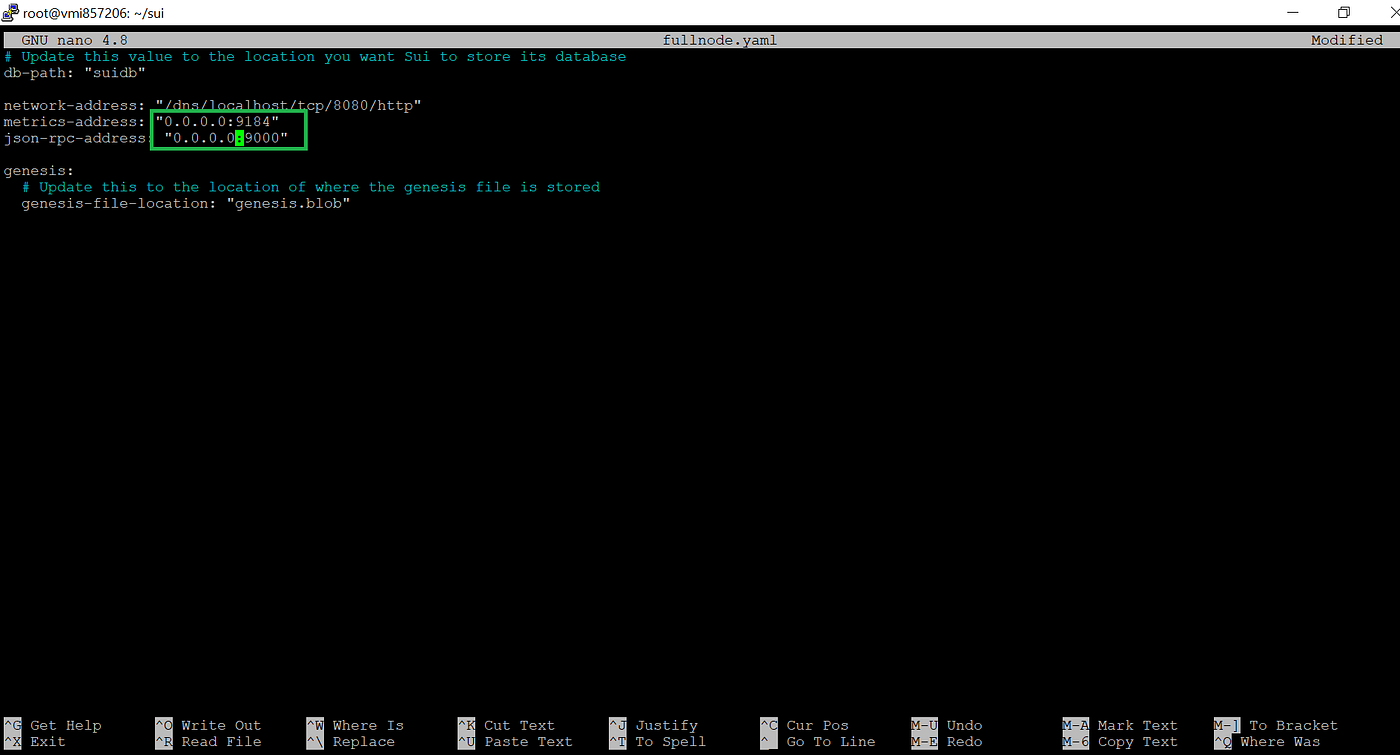
Press CTRL+X

Press Y

And Press Enter

Part06:Open ports
Go to the root
cd $home

And use this command
apt install ufw -y ufw allow ssh ufw allow https ufw allow http ufw allow 9000ufw allow 9184ufw enable

Press enter

Press y and Enter

Part07: Launch your fullnode
Go to sui repository:
cd sui
And
screen -S sui
And finally
cargo run --release --bin sui-node -- --config-path fullnode.yaml

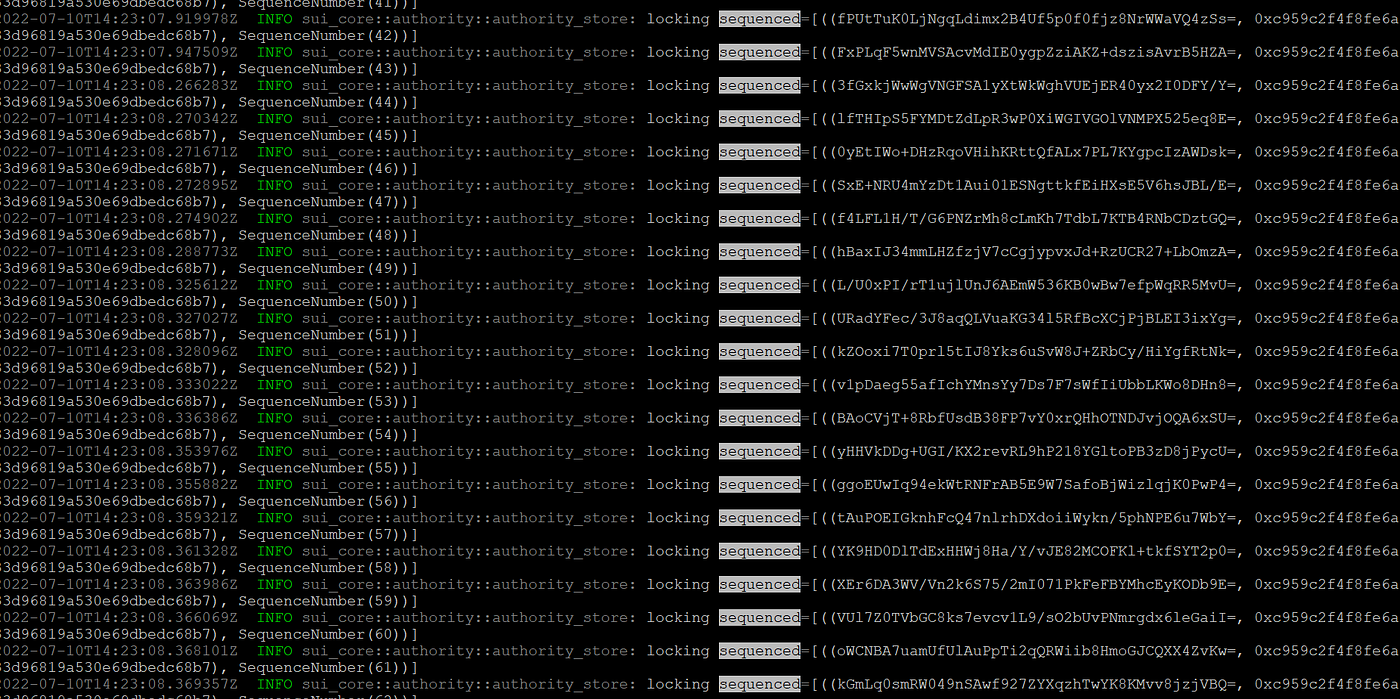
Congratulations, your full node is launched!
or
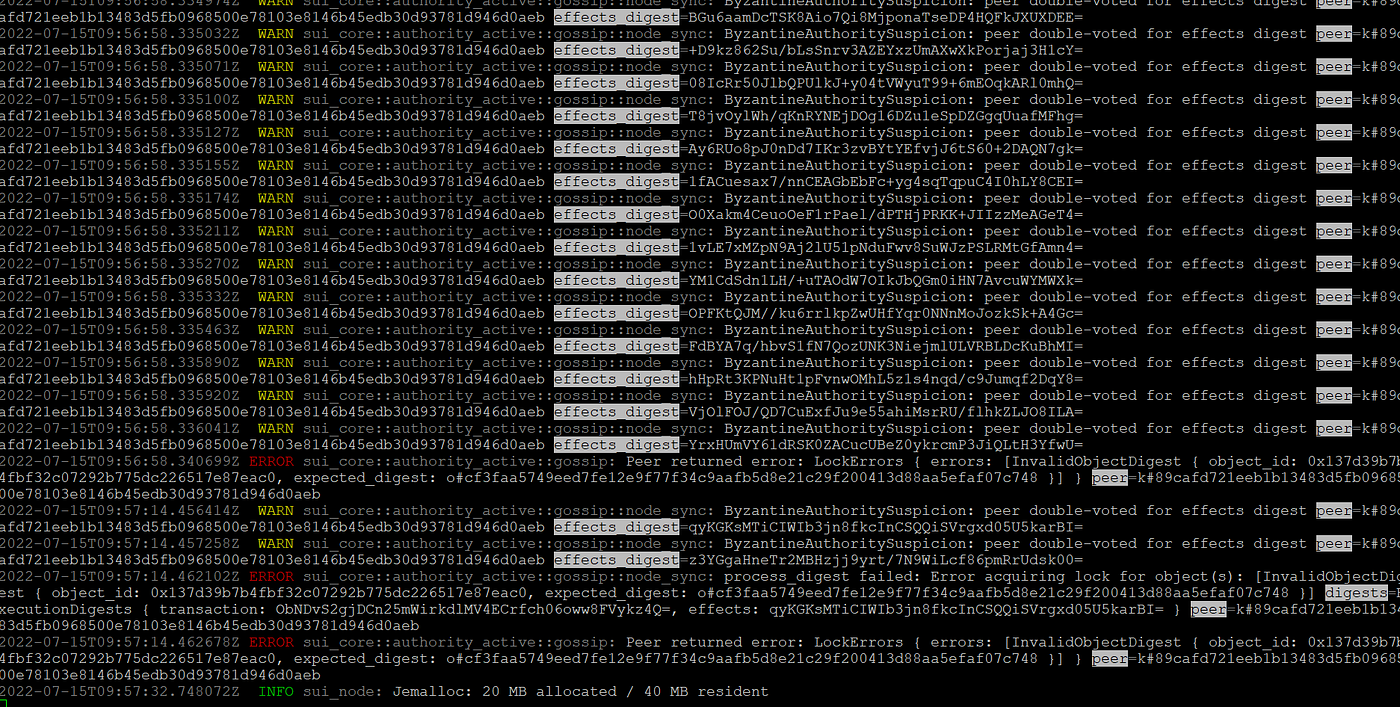
Congratulations, your full node is launched!
Now you can Press Ctrl+A+D and quit Putty
If you do not have the above result:
Press Ctrl+C and relaunch the last command:
cargo run --release --bin sui-node -- --config-path fullnode.yaml
Part08: Check your Fullnode
Click Here

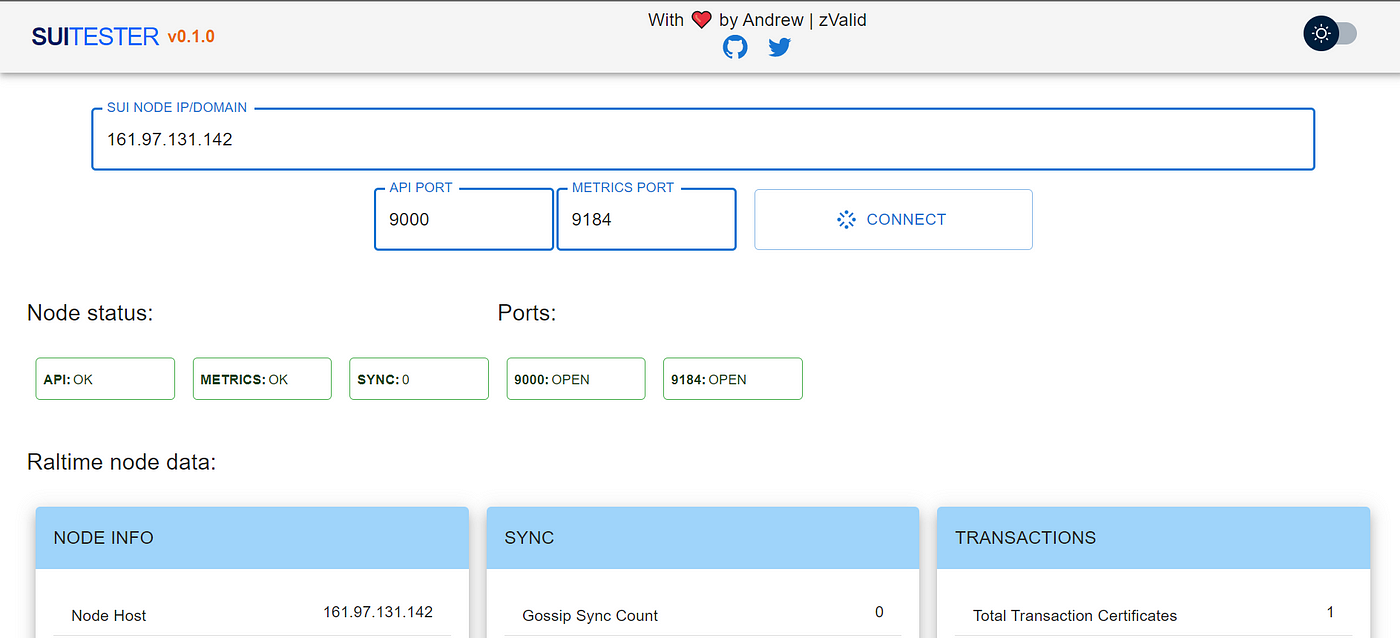
Output
EXAMLE FOR DIFFERENT UPDATE BELOW
22/07/2022: UPDATE (Download the latest genesis.blob)
Restart your vps via your contabo account

cd sui
rm -r suidb genesis.blob
curl -fLJO https://github.com/MystenLabs/sui-genesis/raw/main/devnet/genesis.blob
git fetch upstream
git checkout -B devnet
git pull
screen -S sui
cargo run — release — bin sui-node — — config-path fullnode.yaml
Now you can Press Ctrl+A+D
09/08/2022: UPDATE DELETE SUIDB
Restart your vps via your contabo account

Delete SuiDB
rm -rf ~/sui/suidb
Go to Sui
cd sui
And
screen -S sui
And finally
cargo run --release --bin sui-node -- --config-path fullnode.yaml
14/08/2022:Update Launch your full node with last commit
Restart your vps via your contabo account

Go to Sui
cd sui
Download commit patch
curl -O https://github.com/lrinQVQ/sui/commit/f7ff151340917aac6231396742babc686141bd05.patch
And set it
git am f7ff151340917aac6231396742babc686141bd05.patch
And
screen -S sui
And finally
cargo run --release --bin sui-node -- --config-path fullnode.yaml
Thank you for your time, if you like this kind of content, don’t hesitate to check my other articles and my videos on youtube channel.
Discord: Akabane#3147
Telegram: @dr_jackal_Akabane (please join my group, I will answer all your questions in real time)
EN Official Announcement canal
FR Officiel canal d’annoncement
Read every story from Dr_jackal (and thousands of other writers on Medium)